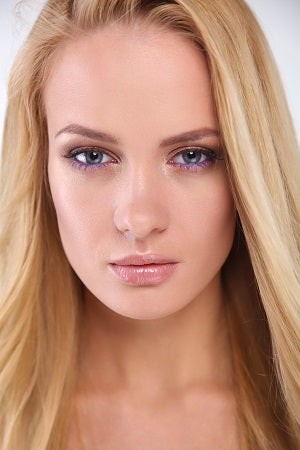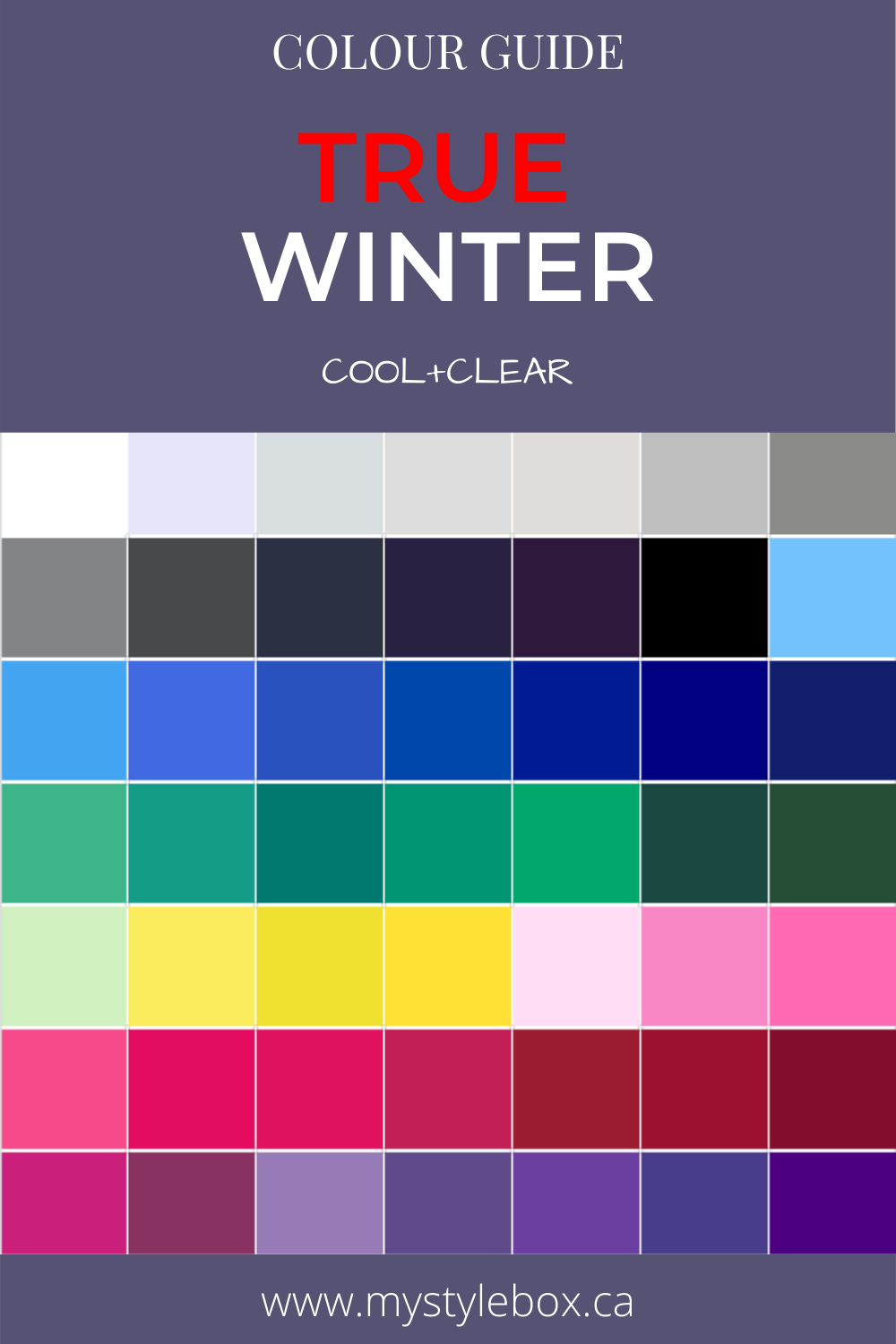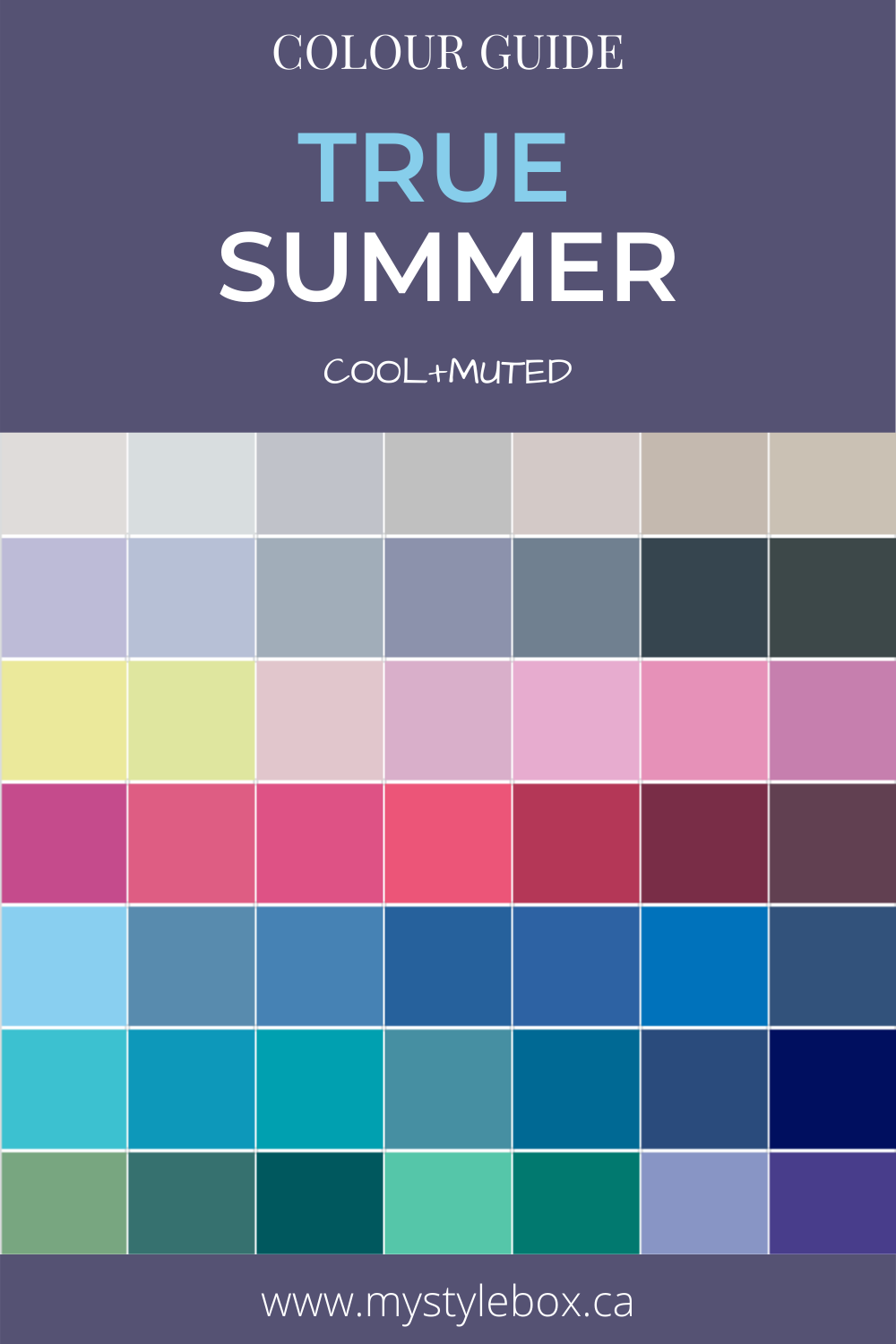Seasonal Color Analysis : 12 Seasons
Occasionally, the Basic Color Analysis may not fully capture the nuances of an individual's coloring, as it might not encompass every possible combination. For instance, one may have cool-toned skin but warm-colored eyes and hair. To address these variations, a more comprehensive seasonal color analysis has been developed, featuring 12 or 16 different color palettes. In this explanation, we'll delve into the 12-Season Color Analysis.
This advanced color analysis introduces an additional dimension to the basic one, known as SATURATION. Saturation relates to the intensity or purity of a color. Colors with low saturation appear more muted and inclined toward gray, while those with high saturation are brighter and more vivid.
1.Temperature /Undertone : WARM-yellow based or COOL-blue based
2.Value/Contrast : DARK/DEEP or LIGHT
3.Saturation : BRIGHT/CLEAR OR MUTED/SOFT

This aspect of your coloring determines whether you are best suited to highly saturated, moderately saturated, or desaturated colors. It all comes down to the number of grey pigments found in your natural coloring. A substantial presence of grey pigments gives rise to a subdued appearance, while the complete absence of grey pigments results in a vibrant and vivid overall look.
Those with HIGH CHROMA exhibit a vibrant appearance, characterized by fully saturated hair, skin, and eyes. Their features are lively and rich in color, and this type of coloring is devoid of any gray pigments—furthermore, the high saturation results in a striking contrast between their features. They may find that wearing gray or other fashion neutrals by themselves can make them appear dull and washed out. However, they have the advantage of being able to carry off highly saturated colors without being overwhelmed by them.
Those with LOW CHROMA present a subdued appearance, with their hair, skin, and eyes exhibiting desaturation, often having a greyish or ashy undertone. Additionally, due to the reduced saturation, the contrast between their features tends to be rather low. They can confidently wear gray and other fashion neutrals without appearing washed out. These understated colors complement muted appearances, infusing a graceful elegance. However, individuals with low chroma may find it challenging to carry off highly saturated colors, as they tend to be overshadowed by such vivid hues.
Since warm colors have yellow undertones and cool colors have blue undertones, we can say that warm colors are inherently on the lighter side, while cool colors tend to be naturally darker. This means that if your natural coloring leans warmer and lighter, it also tends to be brighter. Conversely, darkening a warm color leads to a more muted appearance, so if your coloring is warmer and darker, it automatically becomes more muted. Conversely, when your natural coloring is cooler and darker, it typically has a brighter quality. However, if you lighten a cool color, it becomes more muted, and thus, if you have cooler and lighter coloring, it will naturally appear more muted.
Color Analysis : Flow Theory
SPRING and WINTER colors are bright and clear while SUMMER and AUTUMN colors are soft and muted. Adding one more dimension to color analysis results more accurate 12 season color analysis by allowing the seasons to overlap and flow with each other. Therefore, this is also called "FLOW THEORY”.

Every primary season is divided into 3 subcategories where the main Seasons overlap, and the new season is created. For example, Soft Autumn is between Summer and Autumn which has warm features of its main season but also has intensity characteristics from Summer.
How are the colors determined for each season?

- SPRING colors are warm, light and clear (yellow base) and have tinted variations.
- AUTUMN colors are warm, deep and muted (more yellow and less blue base mix) and have shaded and toned variations.
- WINTER colors are cool, deep and clear (blue based) and have shaded and tinted variations.
- SUMMER colors are cool, light and muted (more blue and less yellow base mix) and have toned variations.
Color Analysis Flow Dimensions Example (one color different tones)

Which Season Are You?

DARK WINTER
DEEP and COOL
The darkest in the family
Cool undertones
Neutral or neutral cool skin undertone
Dark, slightly ashy hair
Dark eyes
High Contrast

TRUE WINTER
COOL and CLEAR
The coolest in the family
Cool, icy undertones.
Cool blue skin undertone
Dark ashy hair
Light, bright eyes
High Contrast

BRIGHT WINTER
BRIGHT and COOL
The brightest in the family
Cool blue undertones
Neutral or neutral cool skin undertone
Dark ashy hair
Bright, sparkly eyes
High Contrast

BRIGHT SPRING
BRIGHT and WARM
The brightest in the family
Warm undertones
Neutral or neutral warm skin undertone
Medium hair
Bright, sparkly eyes
High Contrast

TRUE SPRING
WARM and CLEAR
The warmest in the family
Warm golden undertones
Warm golden and honey skin undertone
Medium golden and red hair
Light, clear eyes
Medium Contrast

LIGHT SPRING
LIGHT and WARM
The lightest in the family
Warm gold and peachy undertones
Neutral or neutral warm skin undertone
Light golden hair
Light, clear eyes
Low Contrast

LIGHT SUMMER
LIGHT and COOL
The lightest in the family
Cool blue and gray undertones
Neutral or neutral cool skin undertone
Light ashy hair
Light grayish eyes
Low Contrast

TRUE SUMMER
COOL and MUTED
The coolest in the family
Cool blue and gray undertones
Cool beige and pink skin undertone
Medium ashy hair
Light grayish eyes
Medium Contrast

SOFT SUMMER
SOFT and COOL
The softest in the family
Cool gray and pink undertones
Neutral or neutral cool skin undertone
Medium ashy hair
Muted eyes
Low to Medium Contrast

SOFT AUTUMN
MUTED and WARM
The softest in the family
Warm yellow and beige undertones
Neutral or neutral warm skin undertone
Medium golden hair
Light grayish eyes
Low to Medium Contrast

TRUE AUTUMN
WARM and MUTED
The warmest in the family
Warm rich, golden, earthy undertones
Warm golden and honey skin undertone
Medium golden and red hair
Medium muted eyes
Low to Medium Contrast

DARK AUTUMN
DEEP and WARM
The darkest in the family
Warm golden undertones
Neutral or neutral warm skin undertone
Dark golden hair
Dark eyes
Medium to High Contrast
Seasonal Color Analysis : Find out your color season!
- Discover your color season to enhance your natural beauty, simplify your wardrobe coordination, save time and money while boosting your professional presence and confidence.













